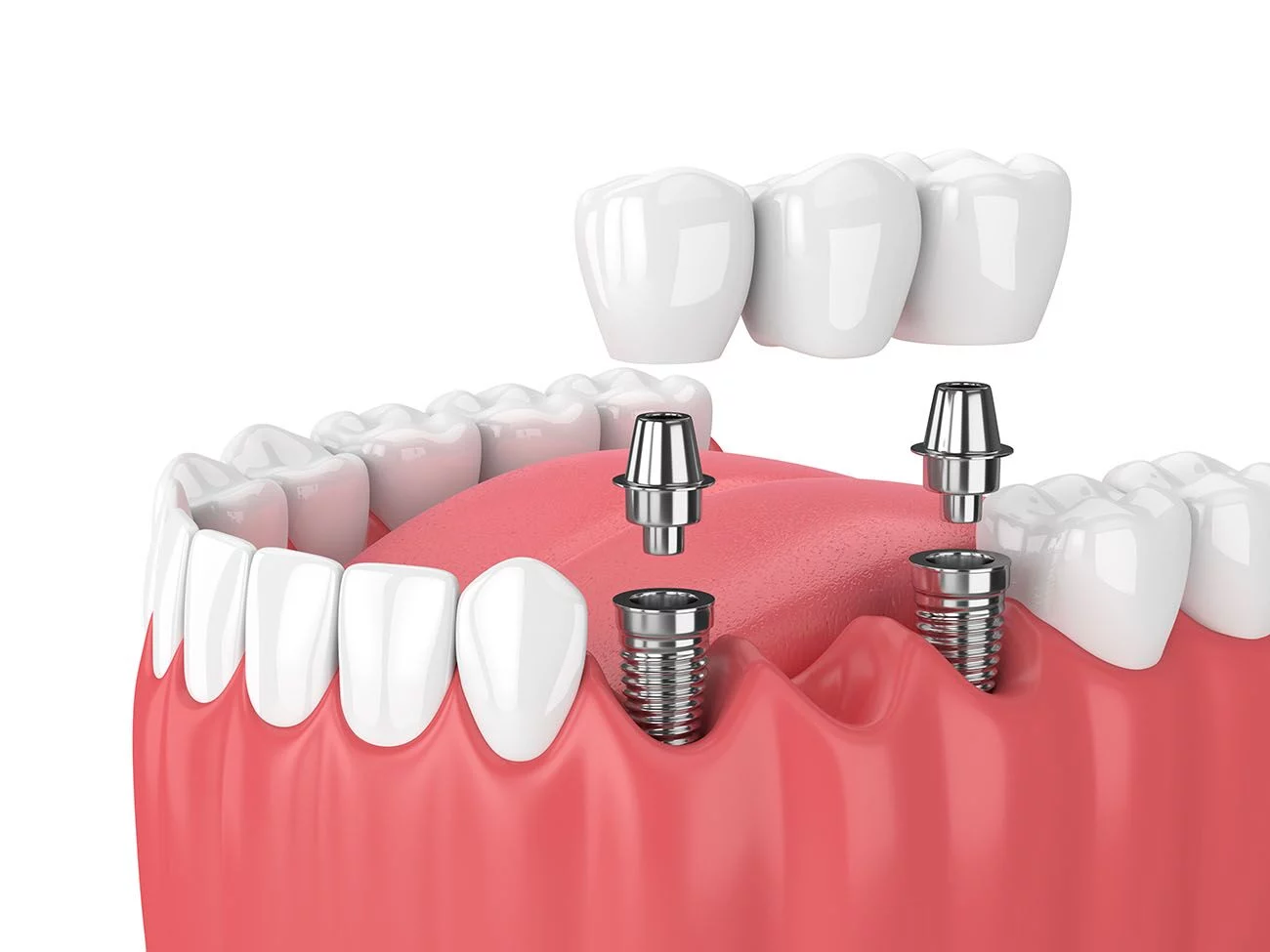Implants look and feel like natural teeth, providing a permanent solution for those suffering from tooth loss. This is also a popular and effective way to replace missing teeth. They can also be used to support crowns, bridges, or dentures. There are several different types of dental implants that are available, each with its own benefits and drawbacks.
Endosteal implants are the most commonly used type of implant and are surgically implanted directly into the jawbone and provide a secure base for prosthetic teeth. This type of implant offers long-term stability. However, there are tooth implants that don’t require surgery, such as subperiosteal implants. These implants are placed beneath the gum line and consist of a metal frame fitted around the jawbone.
Table of Contents
Comparing Different Types of Dental Implants
Endosteal Implants
This type of implant is surgically implanted directly into the jawbone and is a good option for those with healthy gums and enough bone mass to support the implant. The endosteal implant provides long-term stability and is permanent once it has healed. It also offers a secure base for prosthetic teeth, allowing them to look and feel natural. This will also prevent further bone loss in the area. If you don’t have enough bone mass to support the implant, a more involved procedure may be required.
Subperiosteal Implants
Subperiosteal implants are placed beneath the gum line rather than directly into the jawbone. They are a good option for those who do not have enough bone mass to support an endosteal implant or who cannot tolerate oral surgery. Most subperiosteal implants are designed with a metal frame that fits around the jawbone and is then filled in with a biocompatible material. This type of implant requires less healing time than an endosteal implant and offers good stability but may only last for a short time.
Zygomatic Implants
Zygomatic implants are a type of implant that is placed in the upper jaw and connected to the cheekbone. This type of implant may be used when there isn’t enough bone mass in the lower jaw or if an individual has a large number of missing teeth. The implants are more expensive than other types, but they offer a high success rate and are less invasive than different types of implants. This type of implant is also more comfortable and provides more stability than other types.
What’s the Best Option for You?
The best option for you will depend on your individual needs and the condition of your jawbone. A consultation with a qualified dentist can help you determine which type of implant is best for you. Your dentist can discuss all the available options and will work with you to find the one that offers the greatest benefit. No matter what type of implant you choose, the results can be life-changing and provide a permanent solution to missing teeth.
In Conclusion
There are three main types of dental implants available: endosteal implants, subperiosteal implants, and zygomatic implants. Endosteal implants are surgically implanted directly into the jawbone and provide long-term stability. Subperiosteal implants are placed beneath the gum line and consist of a metal frame fitted around the jawbone. Zygomatic implants are connected to the cheekbone and are an option for those who do not have enough bone mass in the lower jaw or have many missing teeth.
When you decide to get your implant, you can reach out to this dentist who does dental implants and good-quality dental bridges in Saratoga Springs to get started.

